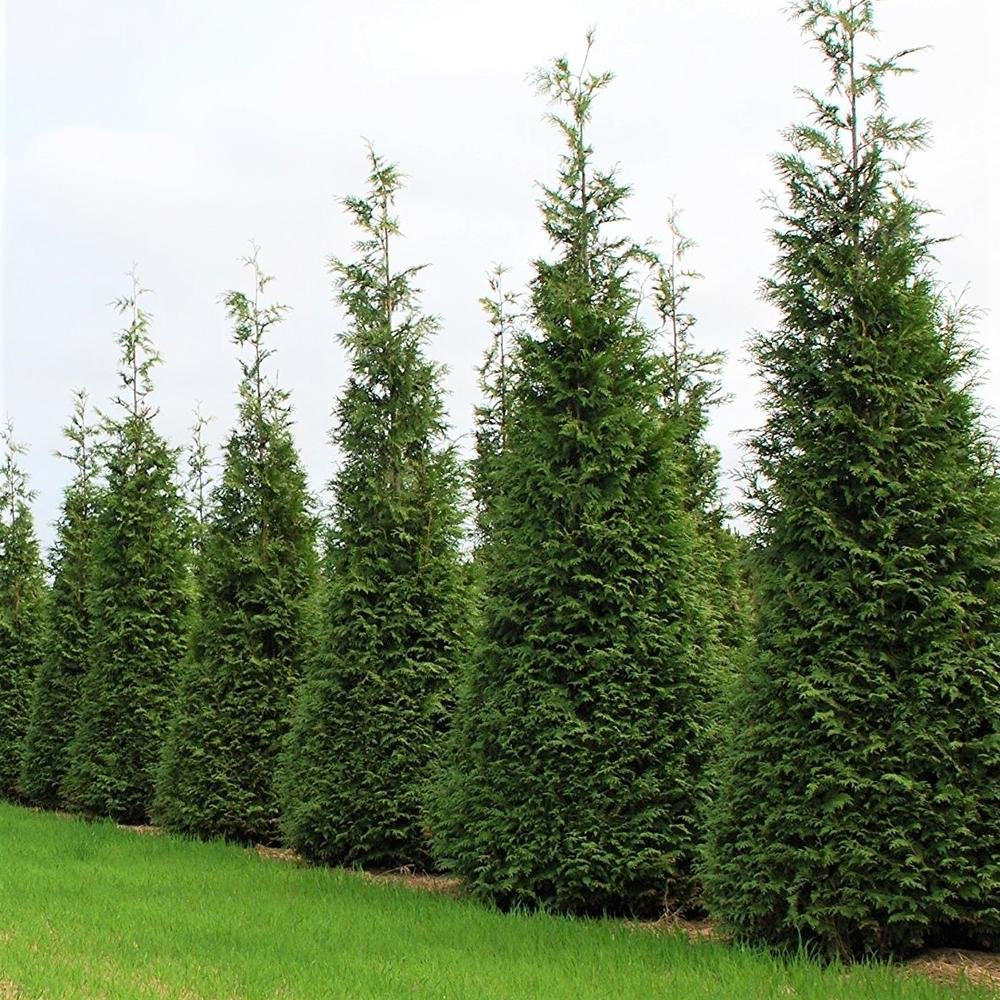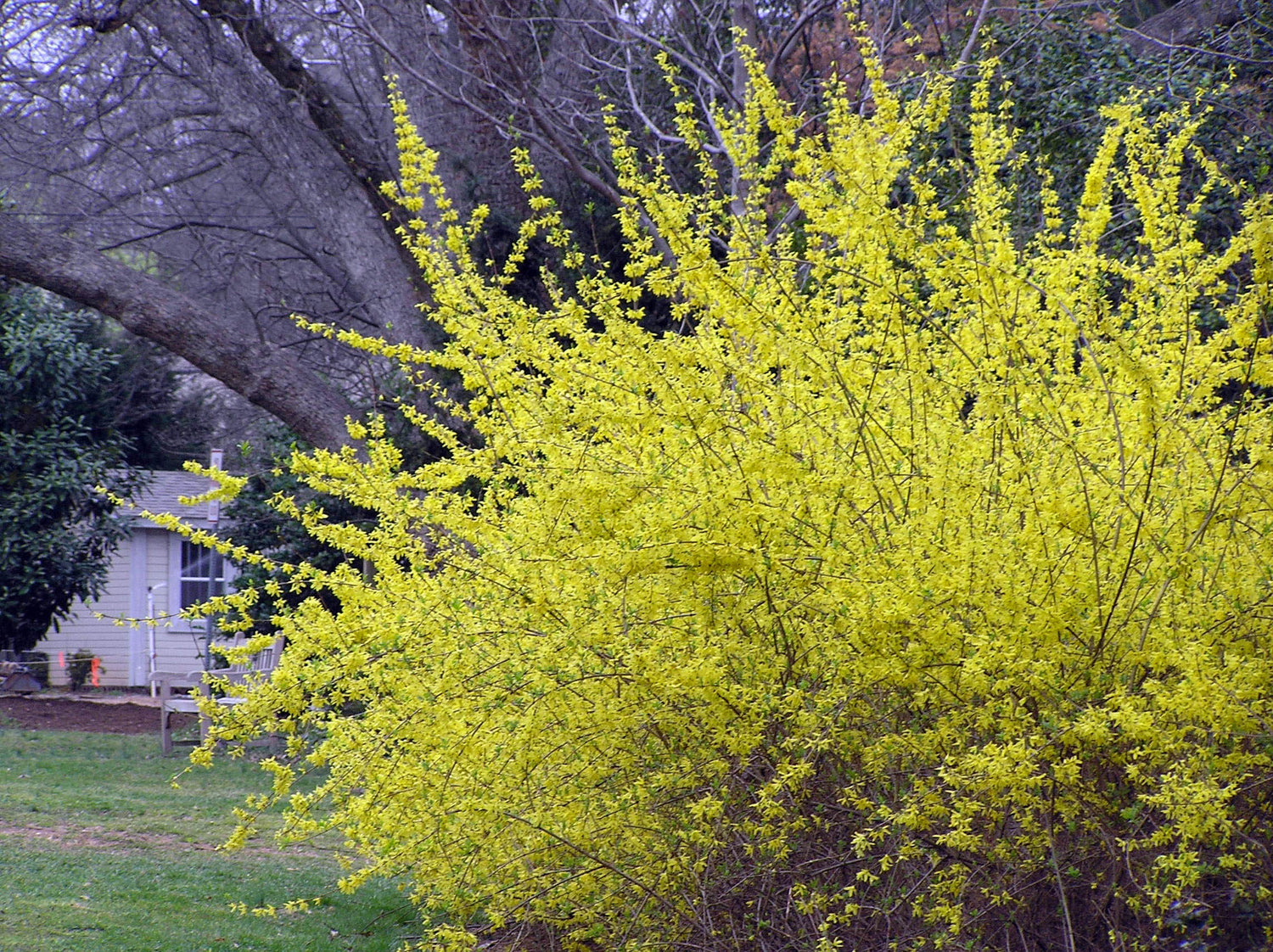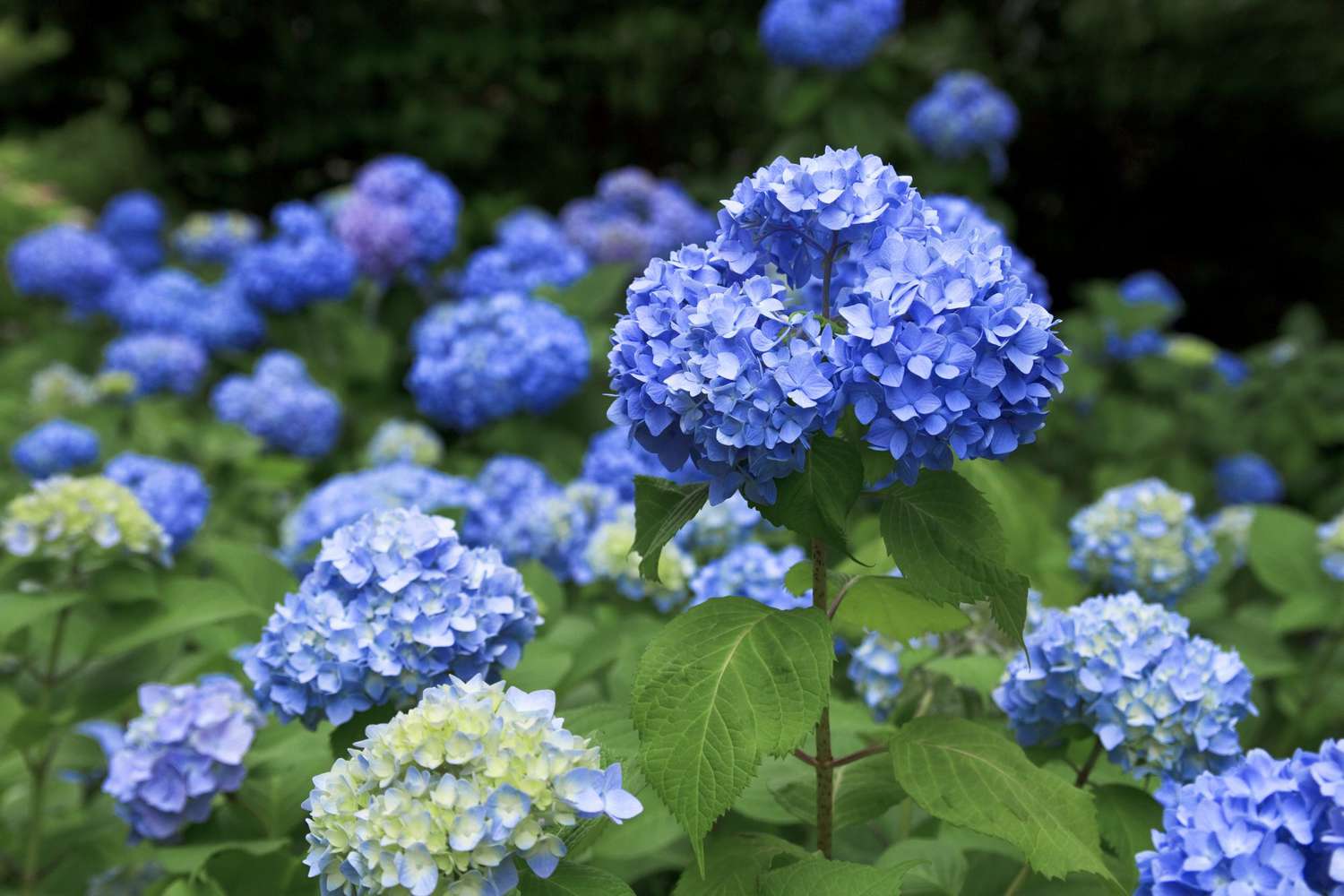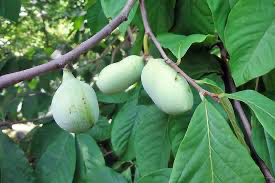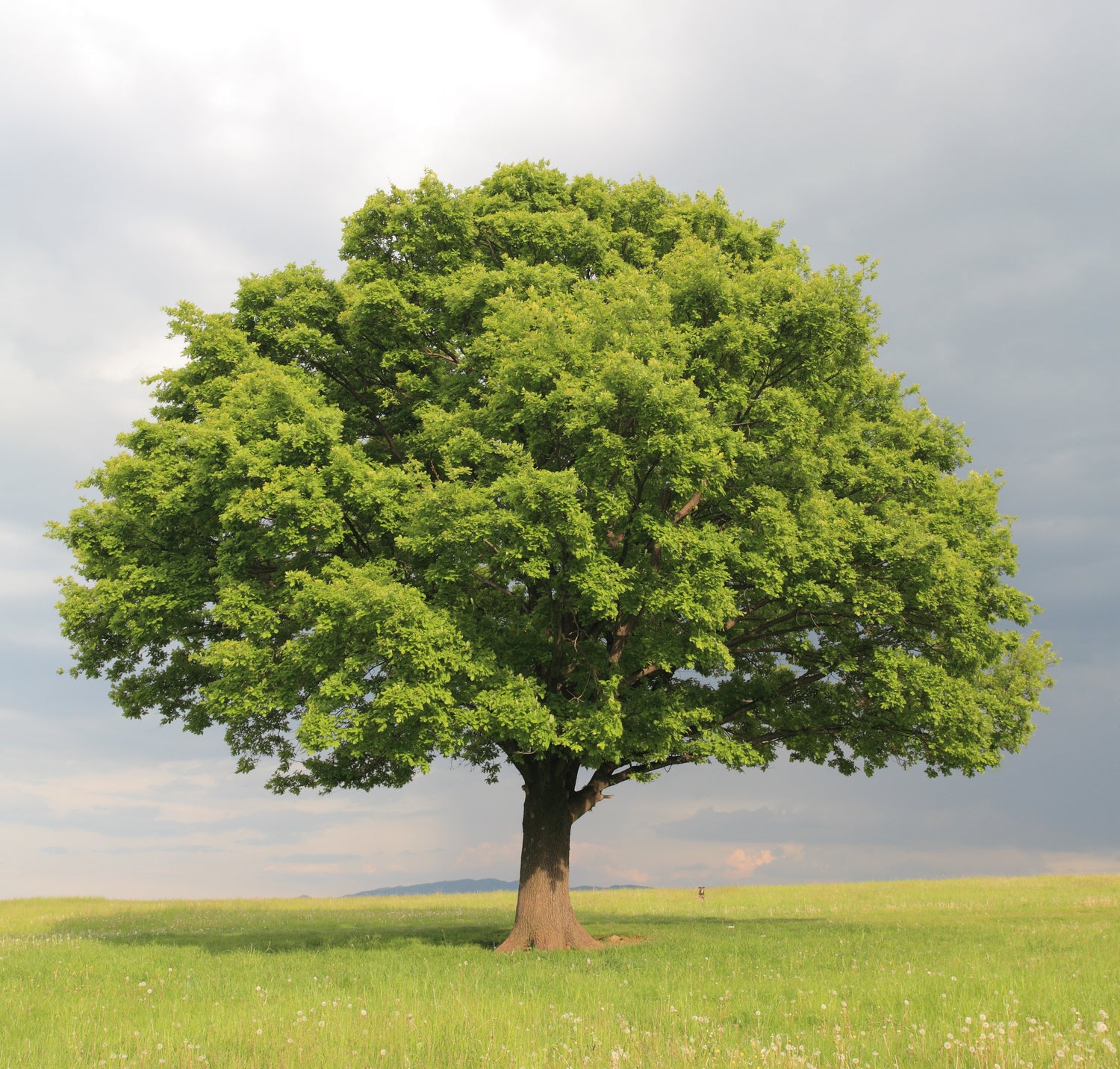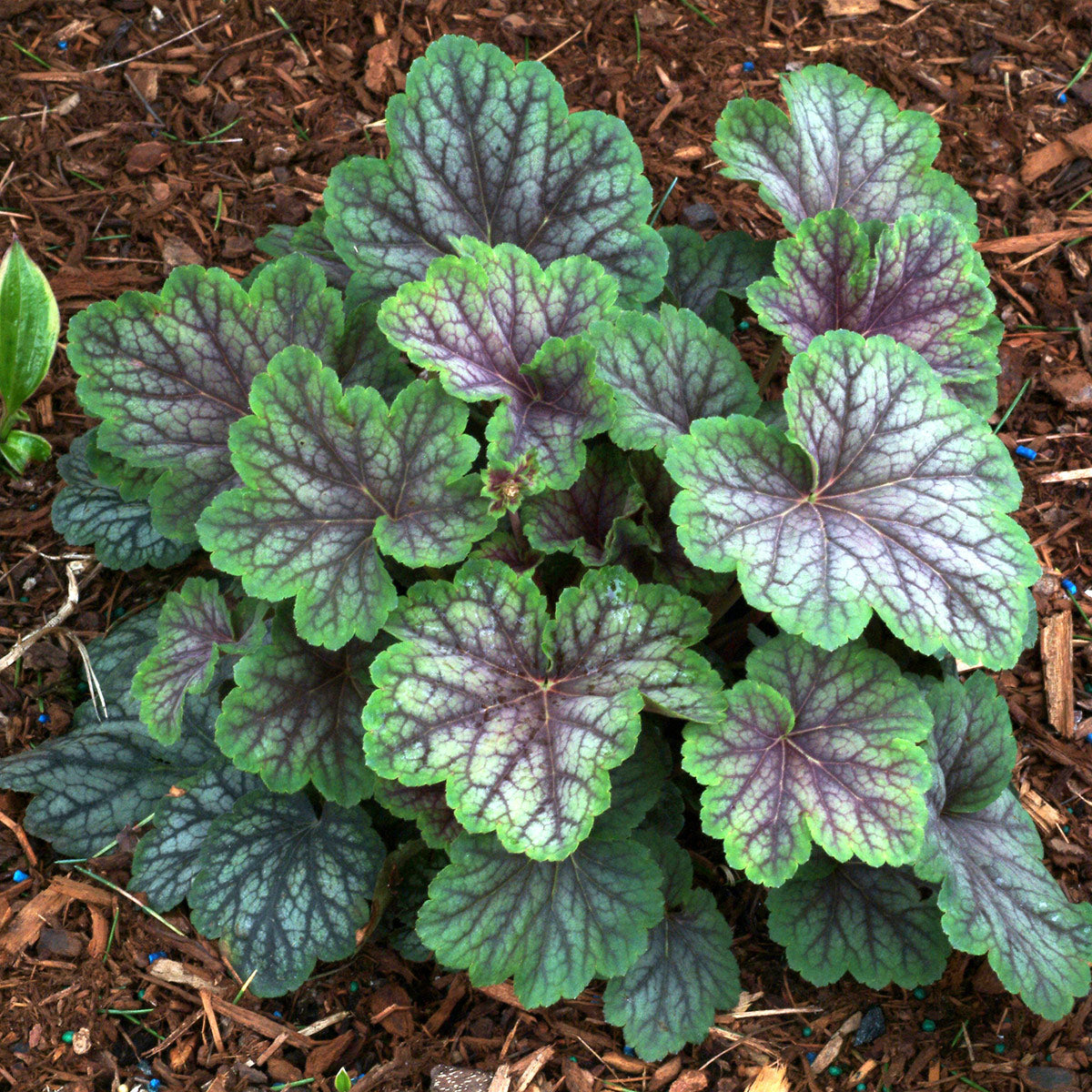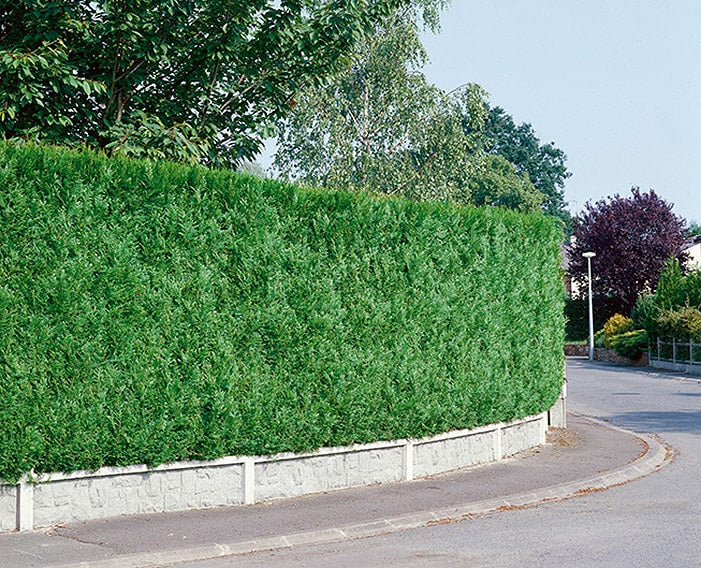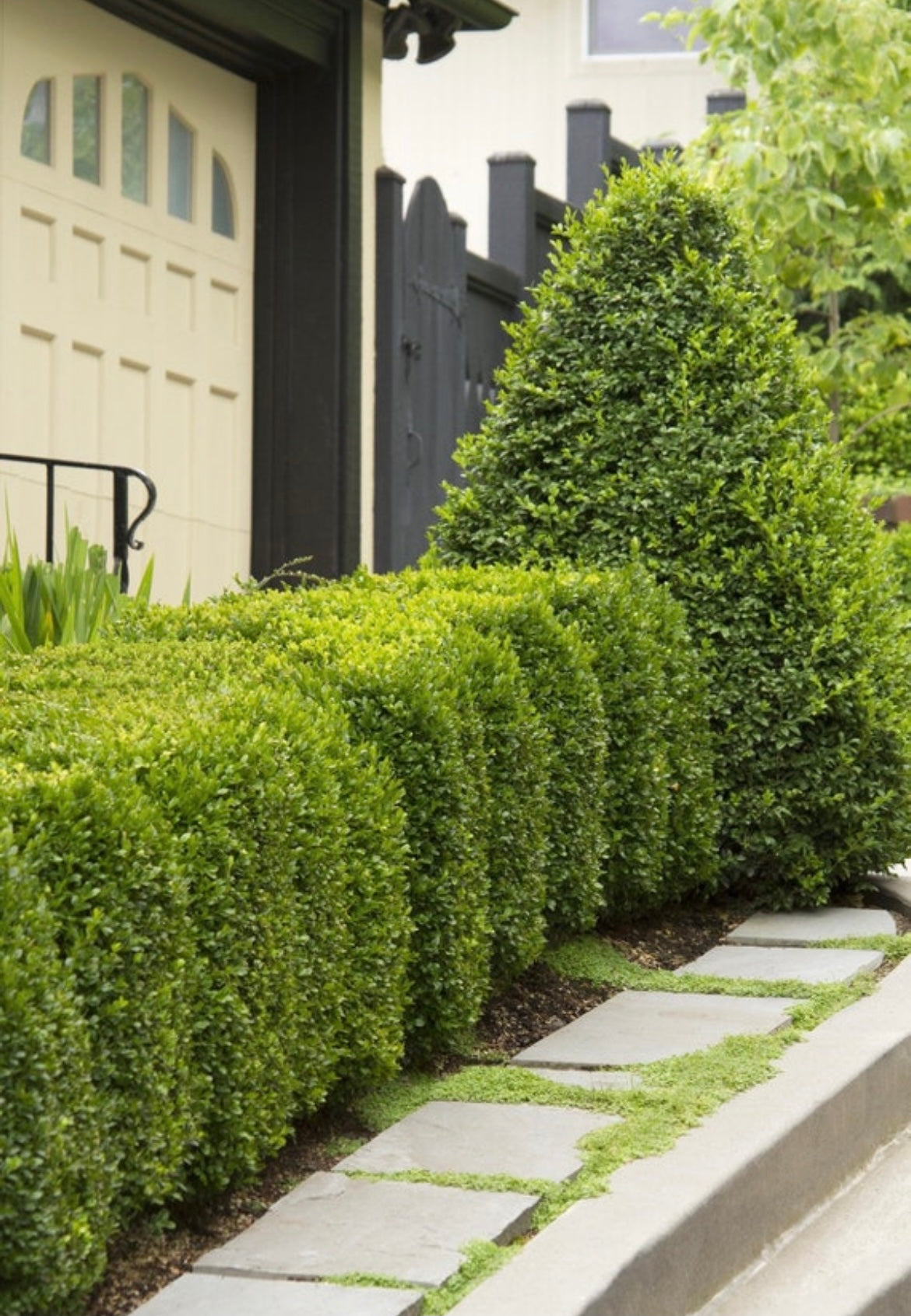The Overlooked Beauty of the Northern Red Oak Tree
At Weaver Family Farms Nursery, we often see gardeners and homeowners chasing after the latest hybrid or exotic trees, hoping to find something unique for their landscapes. However, in the pursuit of novelty, it’s easy to overlook the native treasures that have been thriving in our environment for centuries. One such treasure is the Northern Red Oak tree—a tree that may not always be in the spotlight but offers incredible value in both beauty and utility.
The Northern Red Oak, a native tree to the United States, is a resilient and long-lived species that can bring both shade and aesthetic appeal to your garden. While it might not have the flashy appeal of some hybrid trees, its strength, adaptability, and the stunning red foliage it displays each autumn make it a true gem for any landscape.
In this article, we’ll explore how to identify a Northern Red Oak tree, understanding its unique characteristics, and why it deserves a place in your garden. Whether you’re looking to add a large shade tree to your yard or simply want to enhance your knowledge of native trees, this guide will provide you with all the insights you need.

Understanding Northern Red Oak: A Native Gem
The Northern Red Oak (Quercus rubra) is a majestic tree that stands out not just for its size but for its deep roots in North American history and ecology. As a native species, it has adapted over centuries to thrive in the diverse climates and soil conditions found across the United States, making it a reliable and hardy choice for gardeners and landscapers alike.
General Characteristics
The Northern Red Oak is a large, deciduous tree that can reach heights of 60 to 75 feet, with a spread of 40 to 50 feet at maturity. Its rounded crown and strong, sturdy branches make it an excellent shade tree, providing ample coverage during the hot summer months. The tree’s bark is dark and ridged, adding to its stately appearance, while its leaves are broad with pointed lobes that give the tree a distinctive silhouette.
One of the most striking features of the Northern Red Oak is its foliage. In the spring and summer, the leaves are a rich green, turning a brilliant red or reddish-brown in the fall. This vibrant display of color makes the Northern Red Oak a favorite for those looking to add seasonal interest to their landscapes.
Ecological Role
Beyond its beauty, the Northern Red Oak plays a crucial role in its native habitat. It provides food and shelter for a variety of wildlife, including birds, squirrels, and deer. The acorns produced by the tree are a significant food source for many species, particularly in the fall and winter when other food is scarce. Additionally, the tree’s dense canopy offers nesting sites and protection for various bird species.
The Northern Red Oak’s deep root system also contributes to soil stability, helping to prevent erosion and improve soil health. This makes it an excellent choice for planting in areas where soil conservation is important.
Planting native trees like the Northern Red Oak not only enhances the beauty of your landscape but also supports local ecosystems. To explore more native tree options, check out our blog on "Top Native Trees to Plant", where we highlight other great choices for your garden.

How to Identify a Northern Red Oak Tree
Identifying a Northern Red Oak tree is relatively straightforward once you know what to look for. This section will guide you through the key characteristics that make this tree stand out, from its bark to its leaves and acorns. Whether you’re walking through a forest or inspecting trees in your yard, these tips will help you confidently identify a Northern Red Oak.
Bark Characteristics
The bark of the Northern Red Oak is one of its most distinctive features. Mature trees have dark, thick bark with long, flat-topped ridges that create a somewhat rough texture. These ridges are separated by shallow furrows, giving the bark a unique, slightly glossy appearance. This pattern becomes more pronounced as the tree ages, making older trees particularly easy to identify.
In contrast to some other oak species, the Northern Red Oak’s bark doesn’t have deep fissures or a very rugged surface. Instead, it maintains a consistent, somewhat smooth look, which can help distinguish it from other oaks like the Shumard Oak or the Pin Oak. If you’re interested in comparing these different oak species, consider exploring our Pin Oak tree and Shumard Oak tree options.
Leaf Identification
The leaves of the Northern Red Oak are another key identifying feature. They are broad, typically 4 to 8 inches long, with 7 to 11 pointed lobes. Each lobe is tipped with a small bristle, giving the leaves a sharp appearance. The leaves are dark green during the growing season, with a shiny surface on top and a paler, matte underside.
In autumn, the leaves turn a stunning red or reddish-brown, a signature of the Northern Red Oak. This vibrant fall color not only makes the tree easy to spot but also adds significant visual appeal to your landscape.
To help you distinguish the Northern Red Oak from other oak species, consider the leaf shape and texture. For example, the Willow Oak has much narrower, lance-shaped leaves, while the Pin Oak’s leaves have deeper, more pronounced lobes. You can learn more about these differences by visiting our product pages for the Willow Oak and Shumard Oak trees.
Acorn Features
Acorns are perhaps the most recognizable feature of any oak tree, and the Northern Red Oak is no exception. The acorns of the Northern Red Oak are about ¾ to 1 inch long, with a shallow, saucer-shaped cap that covers only the top quarter of the nut. The acorns typically take two growing seasons to mature, and when they do, they drop in the fall, providing a crucial food source for local wildlife.
The acorns of the Northern Red Oak are a bit larger than those of the Pin Oak, and their caps are more shallow than those of the Shumard Oak. Observing these details can help you confirm whether the tree you’re examining is indeed a Northern Red Oak.
Knowing these key characteristics will make identifying a Northern Red Oak tree much easier, whether you’re selecting one for your landscape or simply appreciating the trees in your surroundings. If you’re interested in adding a Northern Red Oak to your garden, check out our Northern Red Oak tree for sale to get started.

Comparing Northern Red Oak to Other Oak Trees
While the Northern Red Oak is a fantastic choice for any landscape, it’s helpful to compare it to other oak species to understand its unique qualities. Here, we’ll compare the Northern Red Oak to the Pin Oak, Willow Oak, and Shumard Oak, highlighting the differences that can help you make an informed decision when choosing an oak tree for your garden.
Pin Oak (Quercus palustris)
The Pin Oak is another popular oak species known for its distinctive, pyramidal shape and fast growth. One of the main differences between the Pin Oak and the Northern Red Oak is their preferred growing conditions. Pin Oaks thrive in wetter soils, often found near swamps and wetlands, while Northern Red Oaks prefer well-drained, slightly acidic soils.
Leaf Shape and Growth Habit
Pin Oak leaves are deeply lobed with pointed tips, but the lobes are more cut out than those of the Northern Red Oak, creating a more intricate, almost lace-like appearance. The Pin Oak’s leaves turn a deep red or bronze in the fall, similar to the Northern Red Oak, but the overall texture and silhouette of the leaves are quite different.
In terms of growth, the Pin Oak is known for its lower branches that tend to droop, giving the tree a distinctive layered look. This is in contrast to the more uniformly rounded crown of the Northern Red Oak. If you’re interested in a tree that can tolerate wetter soils or add a unique structural element to your landscape, the Pin Oak tree might be the right choice for you.
Willow Oak (Quercus phellos)
The Willow Oak is easily distinguished from the Northern Red Oak by its leaves, which are long, narrow, and unlobed, resembling those of a willow tree. This gives the Willow Oak a very different appearance from most other oaks, including the Northern Red Oak.
Leaf Shape and Tree Form
While the Northern Red Oak has broad, lobed leaves, the Willow Oak’s leaves are slender and lance-shaped. The overall shape of a mature Willow Oak is also more rounded and less dense than the Northern Red Oak, making it an attractive option for those who prefer a lighter, more airy canopy.
The Willow Oak is well-suited for urban environments due to its tolerance of a variety of soil types and its ability to thrive in both wet and dry conditions. If you’re looking for an oak tree with a unique leaf shape and versatile growing conditions, consider the Willow Oak tree as an alternative.
Shumard Oak (Quercus shumardii)
The Shumard Oak is often compared to the Northern Red Oak due to their similar size, shape, and growth habits. Both trees have large, lobed leaves that turn vibrant red in the fall, but there are some subtle differences that set them apart.
Comparison of Acorns and Leaf Structure
The Shumard Oak produces slightly larger acorns than the Northern Red Oak, with caps that cover about a third of the nut. The leaves of the Shumard Oak are also similar in shape, but they tend to have deeper sinuses (the spaces between the lobes), giving the leaves a more pronounced appearance.
In terms of growth, the Shumard Oak is known for its adaptability to a wider range of soil types, including those with higher pH levels. It also tends to grow a bit faster than the Northern Red Oak, making it a good choice for those looking to establish a mature tree more quickly. If these characteristics appeal to you, the Shumard Oak tree might be the perfect addition to your landscape.

Why the Northern Red Oak Tree is a Perfect Choice for Your Landscape
Choosing the right tree for your garden or landscape is an important decision, and the Northern Red Oak tree offers a range of benefits that make it an excellent choice. From its long lifespan and minimal maintenance needs to its environmental contributions and aesthetic appeal, the Northern Red Oak has a lot to offer.
Long-Lived and Low Maintenance
One of the standout features of the Northern Red Oak is its longevity. This tree is known for its ability to live for hundreds of years, making it a lasting addition to any landscape. Once established, the Northern Red Oak requires minimal maintenance. It’s a hardy tree that can thrive in a variety of soil conditions, provided they are well-drained and slightly acidic. Its deep root system helps it withstand drought, while its strong branches make it resistant to wind damage.
This low-maintenance nature makes the Northern Red Oak an ideal choice for homeowners and gardeners who want a beautiful, resilient tree without the hassle of constant care. With proper planting and occasional pruning, this tree will provide shade and beauty for generations to come.
Environmental and Aesthetic Benefits
The Northern Red Oak isn’t just a tree—it’s a valuable ecological asset. Its dense canopy provides ample shade, reducing the heat in surrounding areas and potentially lowering cooling costs for nearby homes. The tree’s leaves contribute to soil health as they decompose, adding organic matter and nutrients back into the earth.
Beyond its environmental benefits, the Northern Red Oak is also a showstopper in the garden. In the fall, its leaves turn a brilliant red, creating a stunning visual display that enhances the beauty of any landscape. This vibrant color, combined with its large, stately form, makes the Northern Red Oak a focal point in any yard.
The tree also supports local wildlife, offering food and shelter to birds, squirrels, and other animals. Its acorns are a critical food source for many species, especially in the fall and winter when other food sources are scarce.
For those interested in adding a Northern Red Oak to their landscape, or exploring other large tree options, we encourage you to check out our large trees collection. These trees not only enhance your garden’s beauty but also contribute to a healthier environment.

Embrace the Northern Red Oak in Your Garden
The Northern Red Oak tree is more than just a tree; it’s a symbol of strength, beauty, and resilience. Whether you’re looking to add a large, long-lived shade tree to your landscape or want to support native species in your garden, the Northern Red Oak is an excellent choice. Its distinct characteristics—such as the vibrant red foliage in the fall, the durable and attractive bark, and its ability to thrive with minimal maintenance—make it a standout addition to any outdoor space.
By planting a Northern Red Oak, you’re not only enhancing the visual appeal of your garden but also contributing to the local ecosystem. This tree provides essential habitat and food for wildlife, supports soil health, and helps to combat climate change by sequestering carbon.
If you’re inspired to add this remarkable tree to your landscape, explore our Northern Red Oak tree for sale and other oak varieties available at Weaver Family Farms Nursery. We’re here to help you choose the perfect tree for your needs and guide you through the planting and care process. Embrace the beauty and benefits of the Northern Red Oak, and enjoy the lasting legacy it will create in your garden for generations to come.


